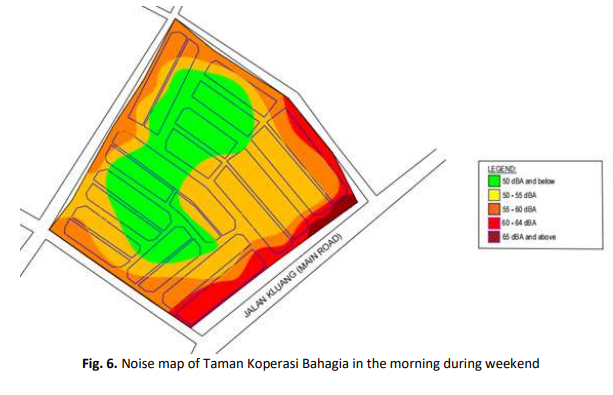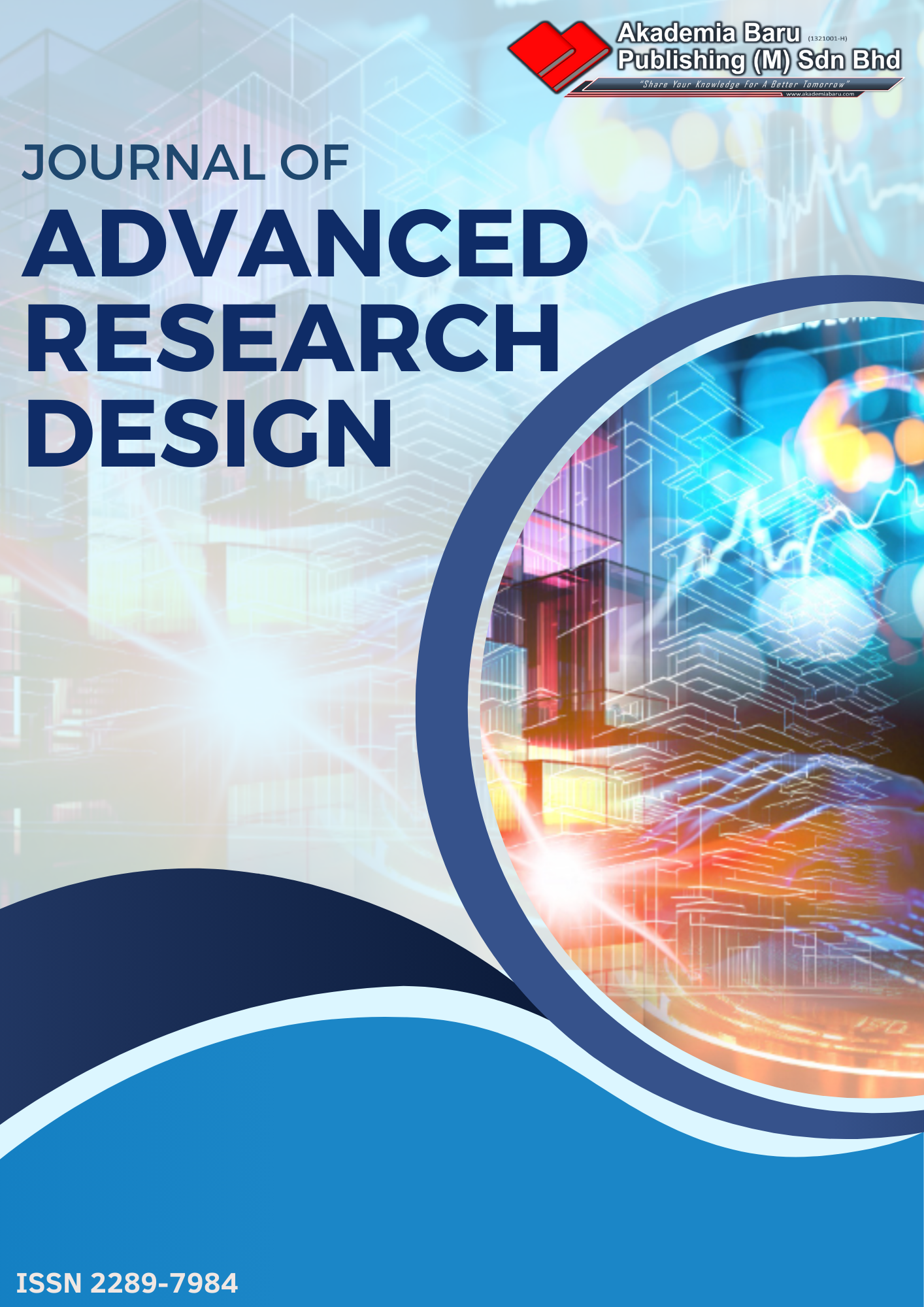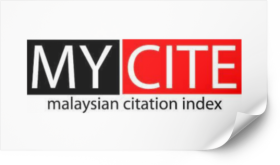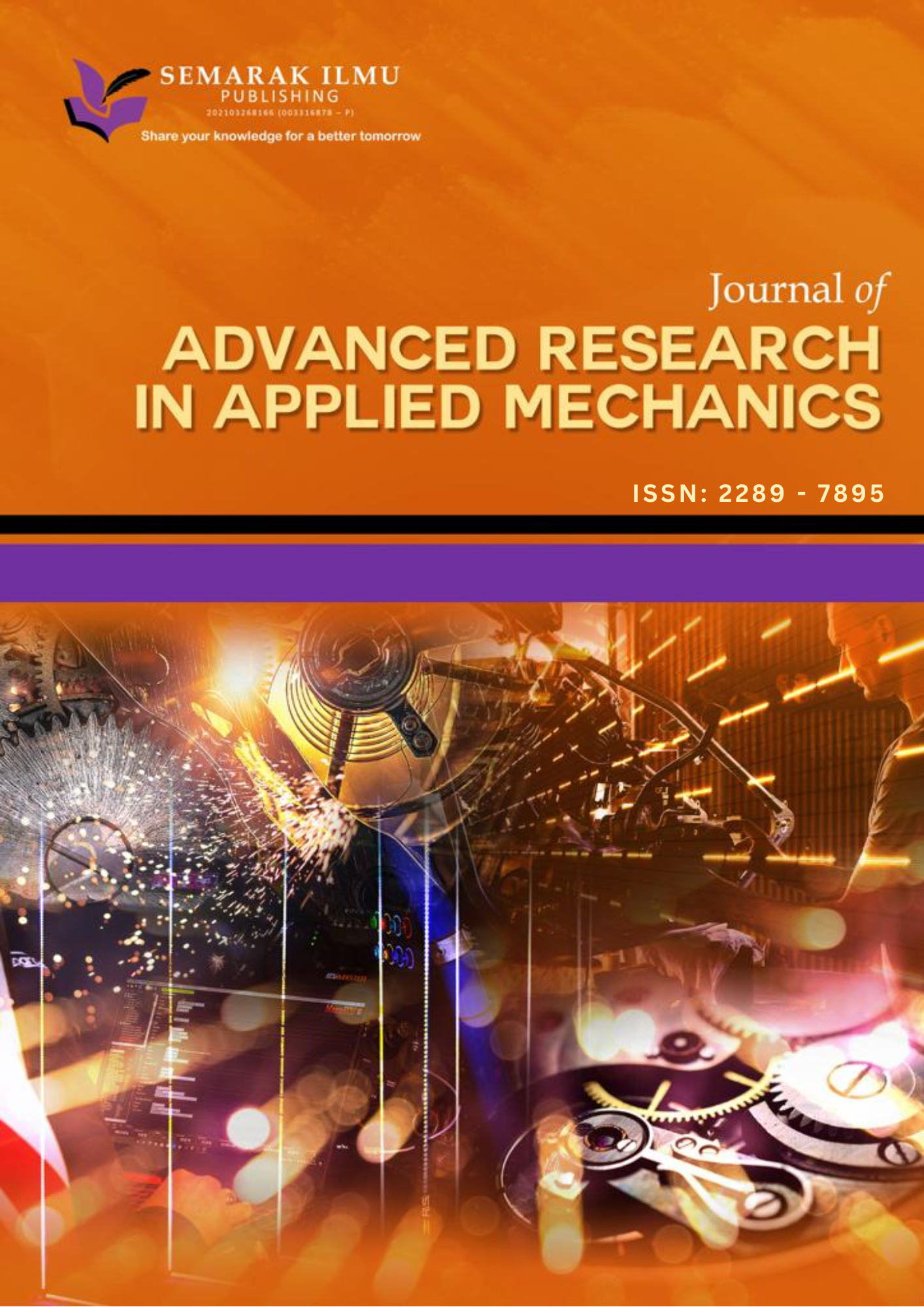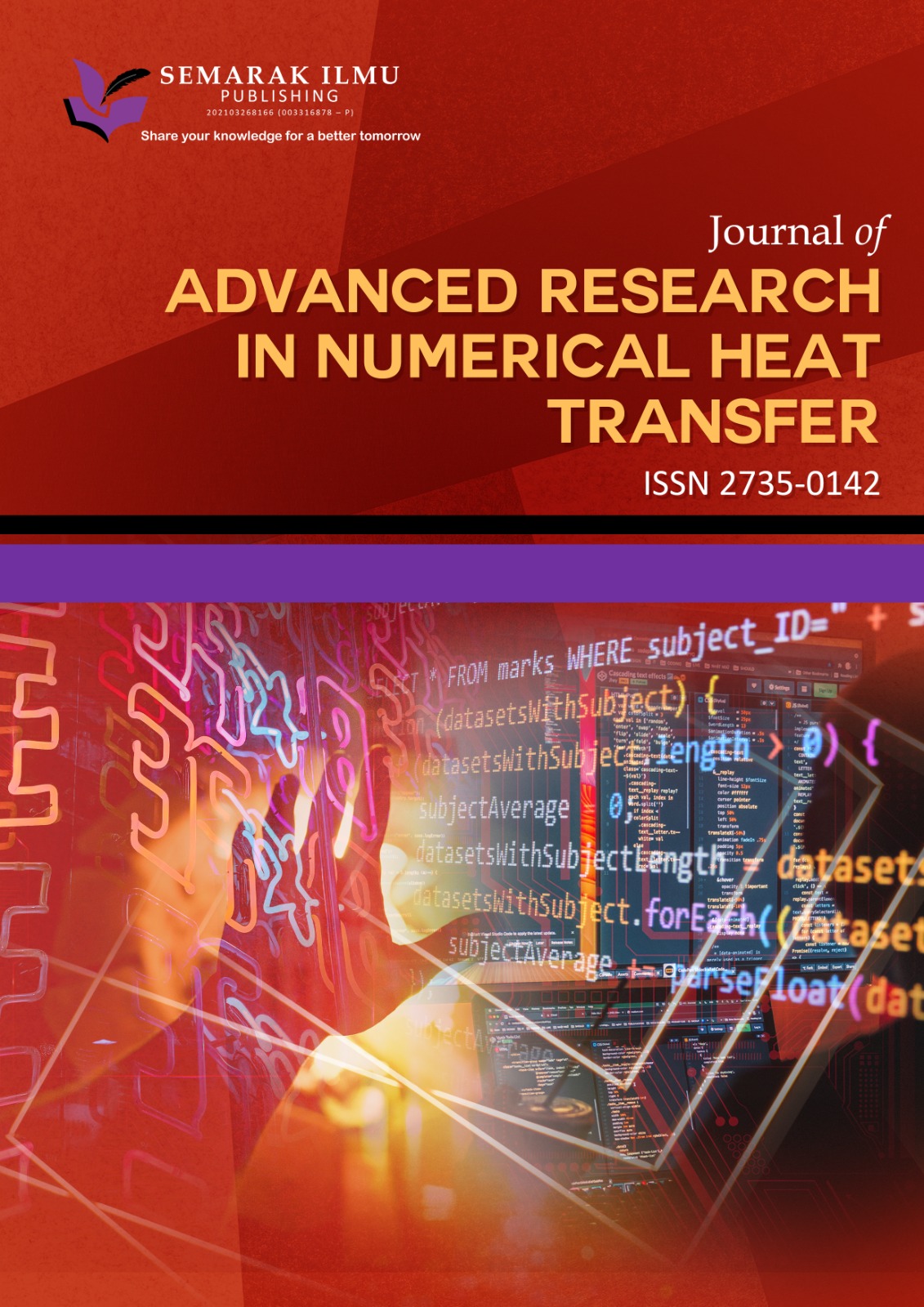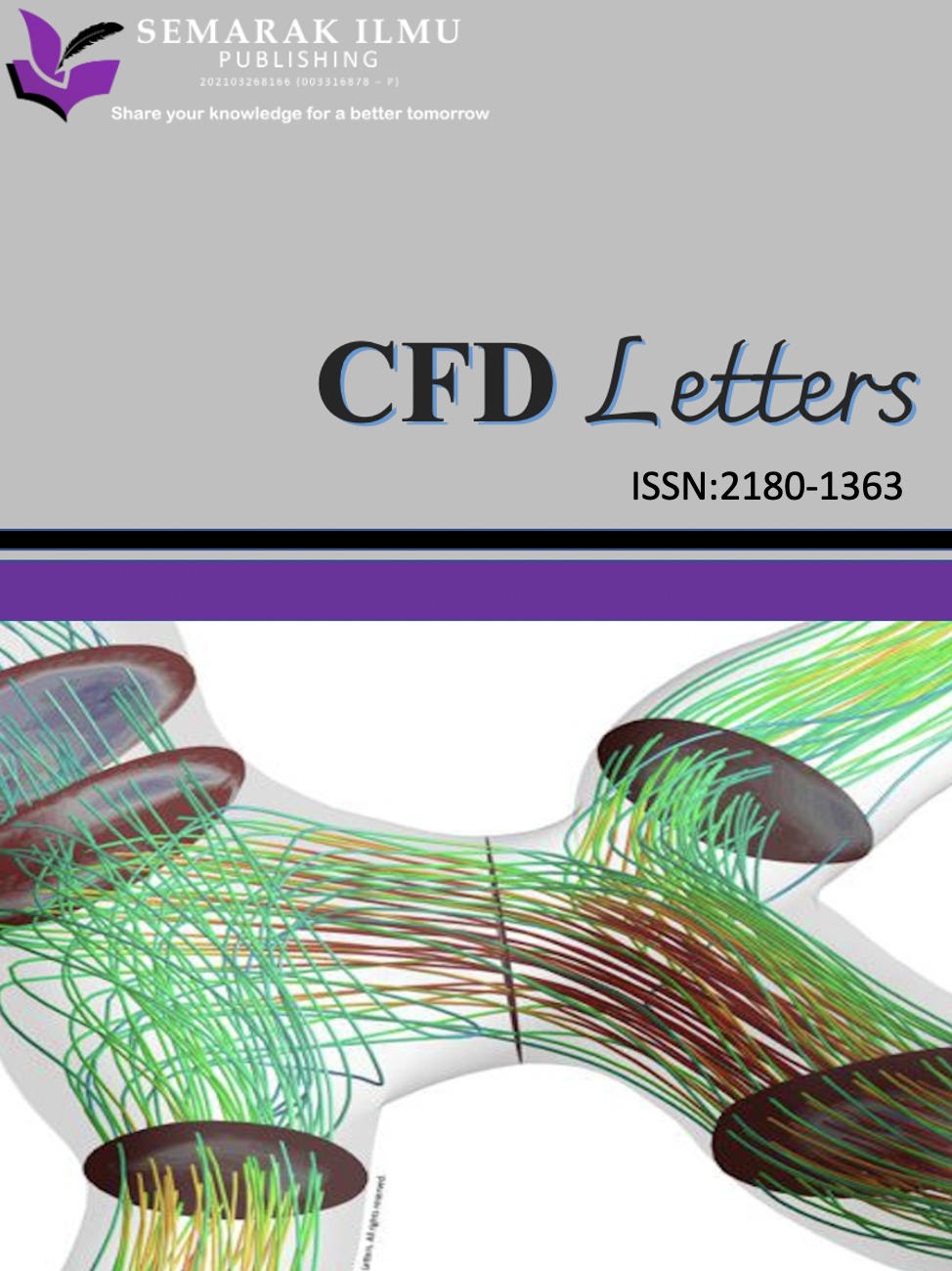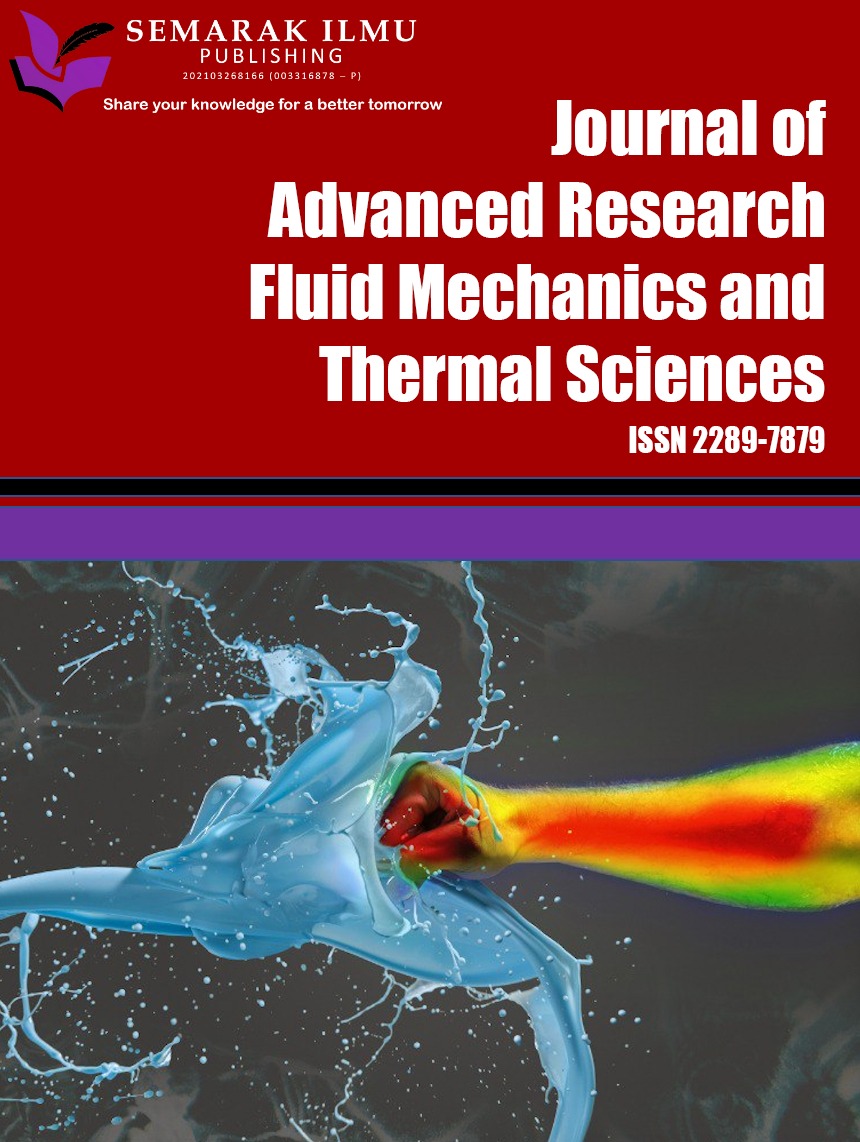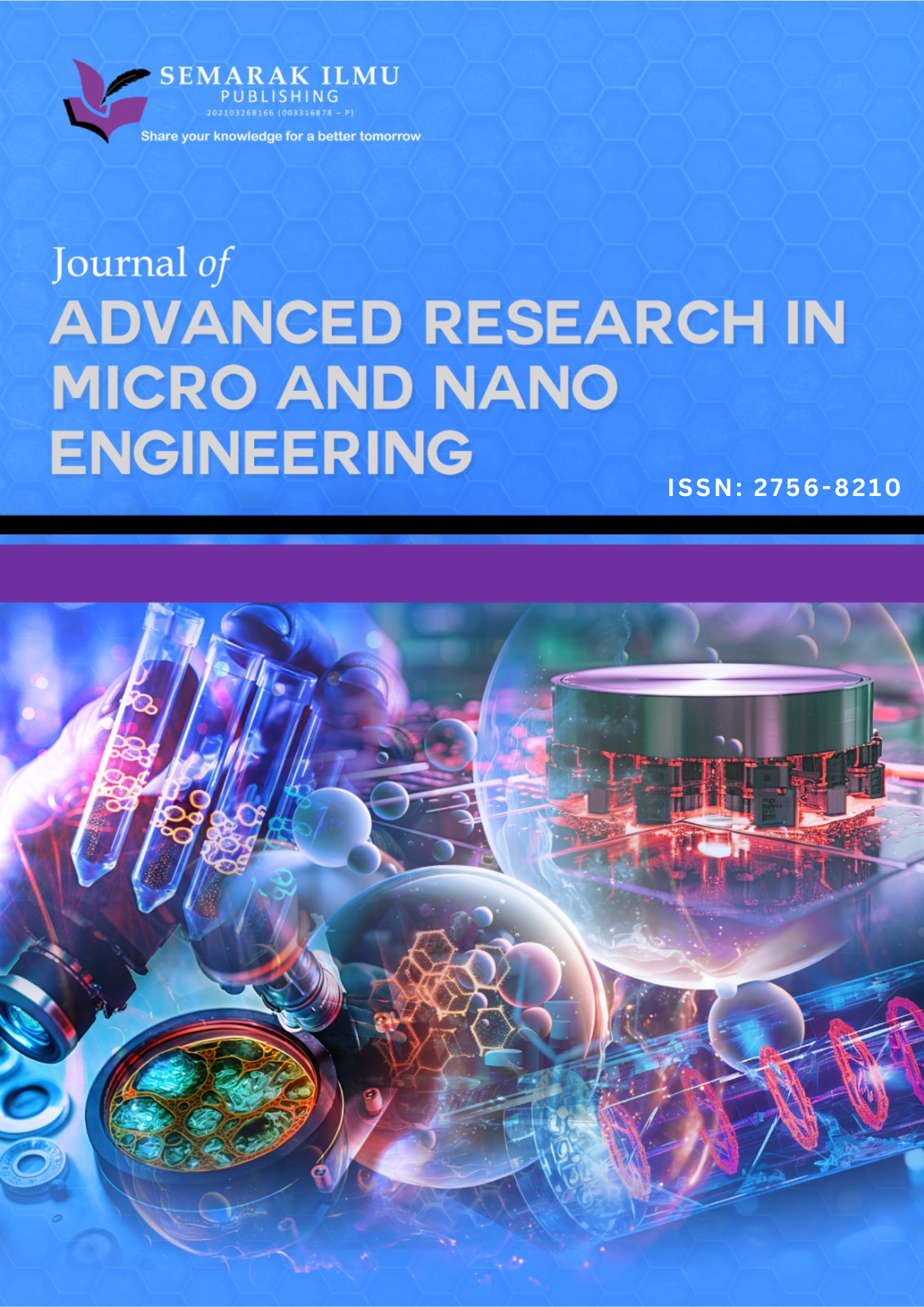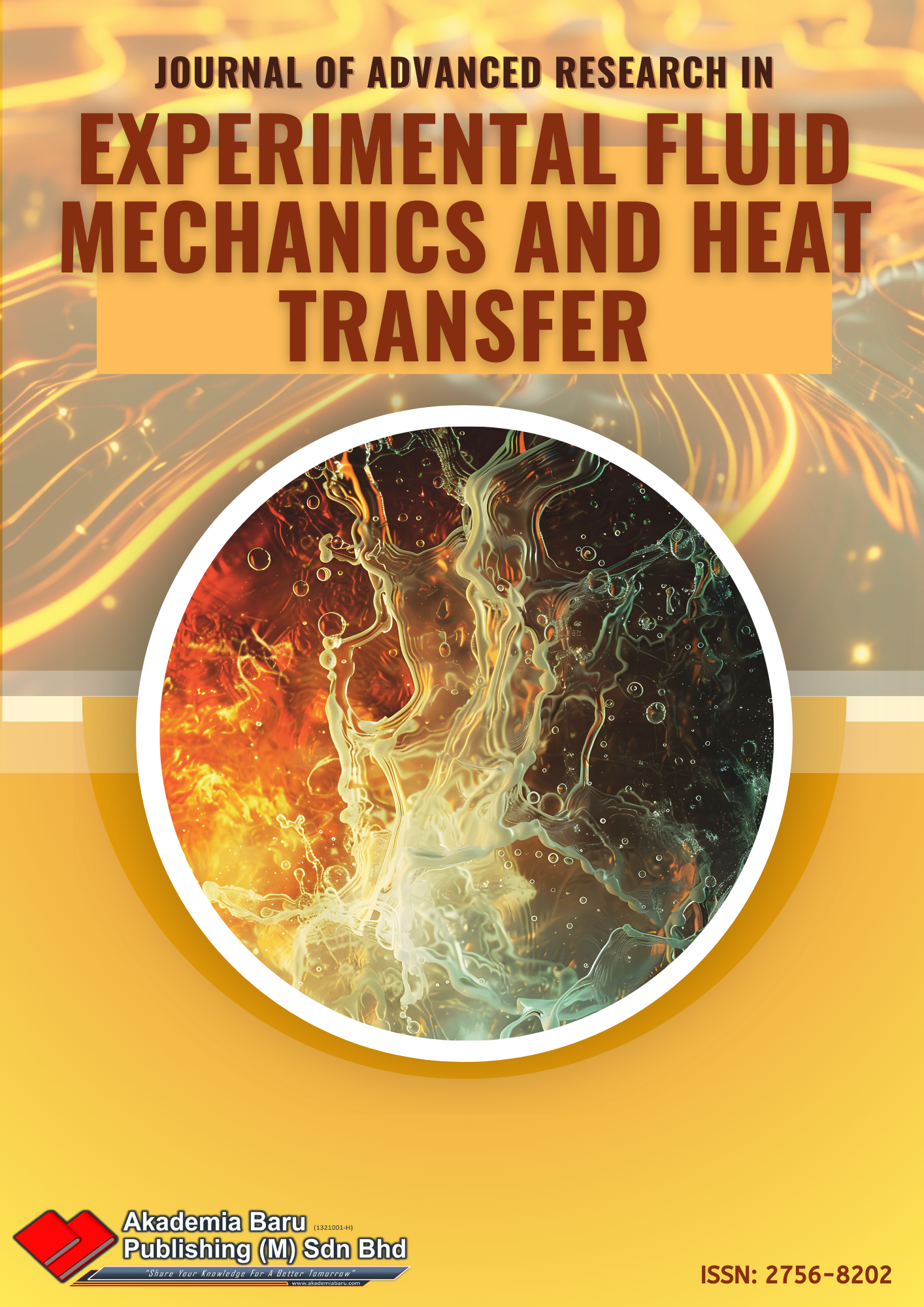Assessing the Impact of Traffic Noise in Residential Areas: A Case Study of Taman Koperasi Bahagia, Batu Pahat, Malaysia
DOI:
https://doi.org/10.37934/ard.143.1.109120Keywords:
Traffic noise, residential, permissible limitAbstract
Noise is a by-product of various human activities, and traffic noise is considered the second leading environmental cause of adverse health effects. The increase in road transportation negatively impacts residents' quality of life over time, affecting both health and property values. To assess this, a noise mapping grid was created in a residential area, with data collected over one week during peak hours (7:00 a.m. to 9:00 a.m. and 5:00 p.m. to 7:00 p.m.) to capture maximum traffic noise levels. This data was compared to the standards set by the Department of Environment Malaysia to determine compliance. The results indicated that evening traffic noise levels were higher than morning levels, showing a greater impact on residents in the evening. Additionally, traffic noise during weekdays was higher than on weekends. These findings provide actionable insights for city planners and authorities to develop effective noise control regulations and strategies, ultimately enhancing residents' overall life satisfaction.
Downloads
